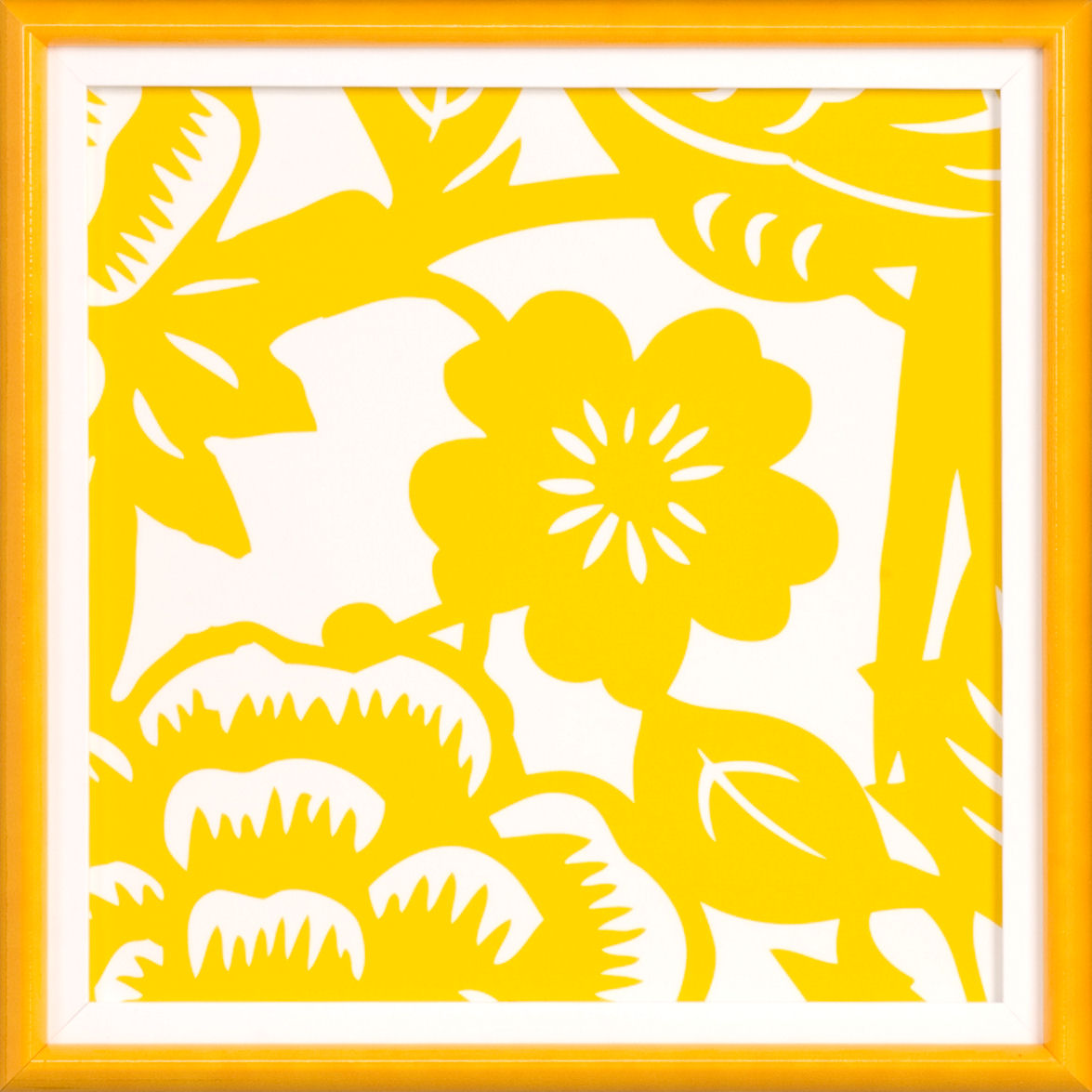There are six diverse ways to frame or present a canvas. Of course when you factor in all of the moulding options, your design choices are nearly endless.
SINGLE MOULDING
When a single moulding is used, consider that it may need to make up for everything that is not there. For example, mats and fillets would add to the color, scale, and texture of your design if the same art was on paper. The single moulding you choose can offset those missing elements if it has a contrasting lip, wider profile, and perhaps some texture or ornamentation.
LINER & FRAME
Liners are to canvases what a mat is to a print on paper. Both serve as a border that provides a breathing space or area of visual relief so the frame doesn’t crowd the art and the art can be focused on without distraction from other elements in the decor. Most liners today are fabric covered but the first liners were gilded. Simple flat gilded profiles are still used as the liner of choice inside of finished corner frames.
STACKED MOULDING COMBINATION
For hundreds of years, two or more mouldings have often been combined to create one frame. Combinations of mouldings can be used to add width, color, pattern, etc.
FLOAT FRAME
A float frame allows you to present the art without covering the edge as a standard frame will. When used alone, a float provides the most minimal frame design. However, you can add other frames around the float to add scale and personality to your design.
A PLATFORM
“Gallery Wraps” are popular today. This means the art continues down the outside edge of the canvas. A typical framing treatment would hide it. If you don’t frame it, it can look unfinished like a house without landscaping or a car without tires. By placing the canvas on top of a frame, you provide the finishing touch without covering any of the art.
FRAME ON A MAT IN A FRAME
We typically do not recommend using mats with art on canvas, but this is an exception. This mat is linen so it will hold up to exposure. It is a solid piece without a window opening and it is glued to a foamboard backing so it can’t buckle. This is a good technique to increase overall size due to the adjustability of the mat borders and it is a fresh, unique look.
Additional Frame Design Ideas for Canvas




As seen in the 2011 Framing Fashion Show…
One print on canvas was cut in four and framed as a grouping using liners and frames.
Tip:
Art on canvas is rarely covered with glass or acrylic. Exceptions may include canvases that are valuable, fragile or when hanging in high risk areas where they might be touched, bumped, or subject to airborne pollutants such as smoke or grease.
Credit : Larson Juhl











